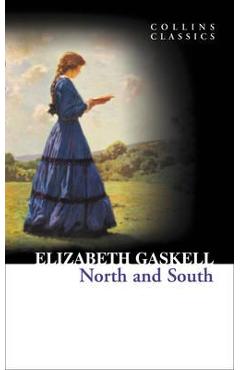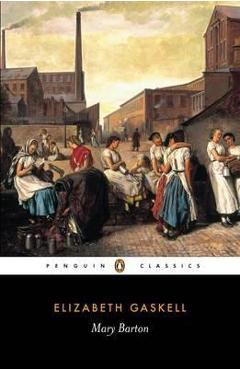Ruth - Elizabeth Cleghorn Gaskell

Detalii Ruth - Elizabeth Cleghorn Gaskell
libris.ro
66.96 Lei
74.4 Lei
Fiction
Elizabeth Cleghorn Gaskell
Ruth - Elizabeth Cleghorn Gaskell - Disponibil la libris.ro
Pe YEO găsești Ruth - Elizabeth Cleghorn Gaskell de la Elizabeth Cleghorn Gaskell, în categoria Fiction.
Indiferent de nevoile tale, Ruth - Elizabeth Cleghorn Gaskell din categoria Fiction îți poate aduce un echilibru perfect între calitate și preț, cu avantaje practice și moderne.
Preț: 66.96 Lei
Caracteristicile produsului Ruth - Elizabeth Cleghorn Gaskell
- Brand: Elizabeth Cleghorn Gaskell
- Categoria: Fiction
- Magazin: libris.ro
- Ultima actualizare: 28-10-2025 01:22:05
Comandă Ruth - Elizabeth Cleghorn Gaskell Online, Simplu și Rapid
Prin intermediul platformei YEO, poți comanda Ruth - Elizabeth Cleghorn Gaskell de la libris.ro rapid și în siguranță. Bucură-te de o experiență de cumpărături online optimizată și descoperă cele mai bune oferte actualizate constant.
Descriere magazin:
A fallen woman sympathetically portrayed would seem a less-than-ideal choice for a Victorian heroine. Yet novelist Elizabeth Gaskell courageously created just such a portrait in her 1853 novel RUTH. Overturning conventional double standard assumptions of the day, Gaskell draws a heroine whose emotional honesty, innate morality, and love for her illegitimate son are sufficient for redemption. Ruth Hilton is an orphaned young seamstress who catches the eye of a gentleman, Henry Bellingham, who is captivated by her simplicity and beauty. When she loses her job and home, he offers her comfort and shelter, only to cruelly desert her soon after. Nearly dead with grief and shame, Ruth is offered the chance of a new life among people who give her love and respect, even though they are at first unaware of her secret - an illegitimate child. When Henry enters her life again, however, Ruth must make the impossible choice between social acceptance and personal pride. In writing Ruth , Elizabeth Gaskell daringly confronted prevailing views about sin and illegitimacy with her compassionate and honest portrait of a \'fallen woman\'.

Produse asemănătoare

The Cloud of Unknowing for Everyone, Paperback/Elizabeth Ruth Obbard
![]() elefant.ro
elefant.ro
Actualizat in 28/10/2025
42.99 Lei

Bonjour, Sophie. ‘A glorious evocative read’ Ruth Hogan, Main, Hardback/Elizabeth Buchan
![]() elefant.ro
elefant.ro
Actualizat in 28/10/2025
129.99 Lei

Medieval Women Mystics: Gertrude the Great, Angela of Foligno, Birgitta of Sweden, Julian of Norwich - Elizabeth Ruth Obbard
![]() libris.ro
libris.ro
Actualizat in 28/10/2025
125.13 Lei
Produse marca Elizabeth Cleghorn Gaskell

North and South (Collins Classics) - Elizabeth Cleghorn Gaskell
![]() libris.ro
libris.ro
Actualizat in 28/10/2025
21.42 Lei





